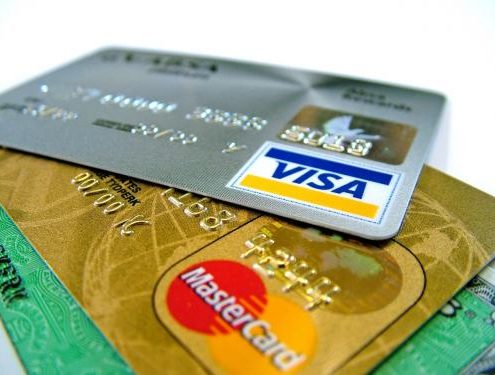Three Things You’ll Appreciate When You Walk Into The Milford Bank
By Lynda Mason
Have you ever gone to a bank where, when you walked in, you’d experience an icy sensation from the stuffy environment; you were likely afraid to touch anything or even make a noise? Many of us have been in that kind of bank, too.
And that’s why we work hard at The Milford Bank to ensure that we provide our customers with an inviting climate every time they come through our doors. In fact, we pride ourselves on creating an environment in which our customers feel comfortable.
Let’s take a look at three things you can expect when you walk into The Milford Bank:
1. A warm welcome. Our employees aren’t typical bankers or salespeople. Rather, we focus on delivering customer service that is unmatched by our competitors. We really try to go above and beyond in making our customers feel at home. As such, our knowledgeable and friendly staff will likely even learn your name.
2. A personal touch. Our staff is encouraged to send out little “thank you” notes to our customers over the course of a week. We also periodically call our customers to ask them how they’re doing. We find that our customers really enjoy our approach to banking. In fact, some of them even pop in just to say hi.
3. No pressure. We understand how important your finances are. If we think one of our customers is missing a product or service that is a good fit for him or her, we’ll talk about it. But, whereas our competitors might push a product, our recommendations are made with a light touch. At the end of the day, we just want to make sure our customers have everything they need. In other words, we won’t hype so-called “products of the week.”
If you’ve not yet experienced The Milford Bank, we encourage you to come into one of our seven locations and say hello. You can also contact us by clicking here.



